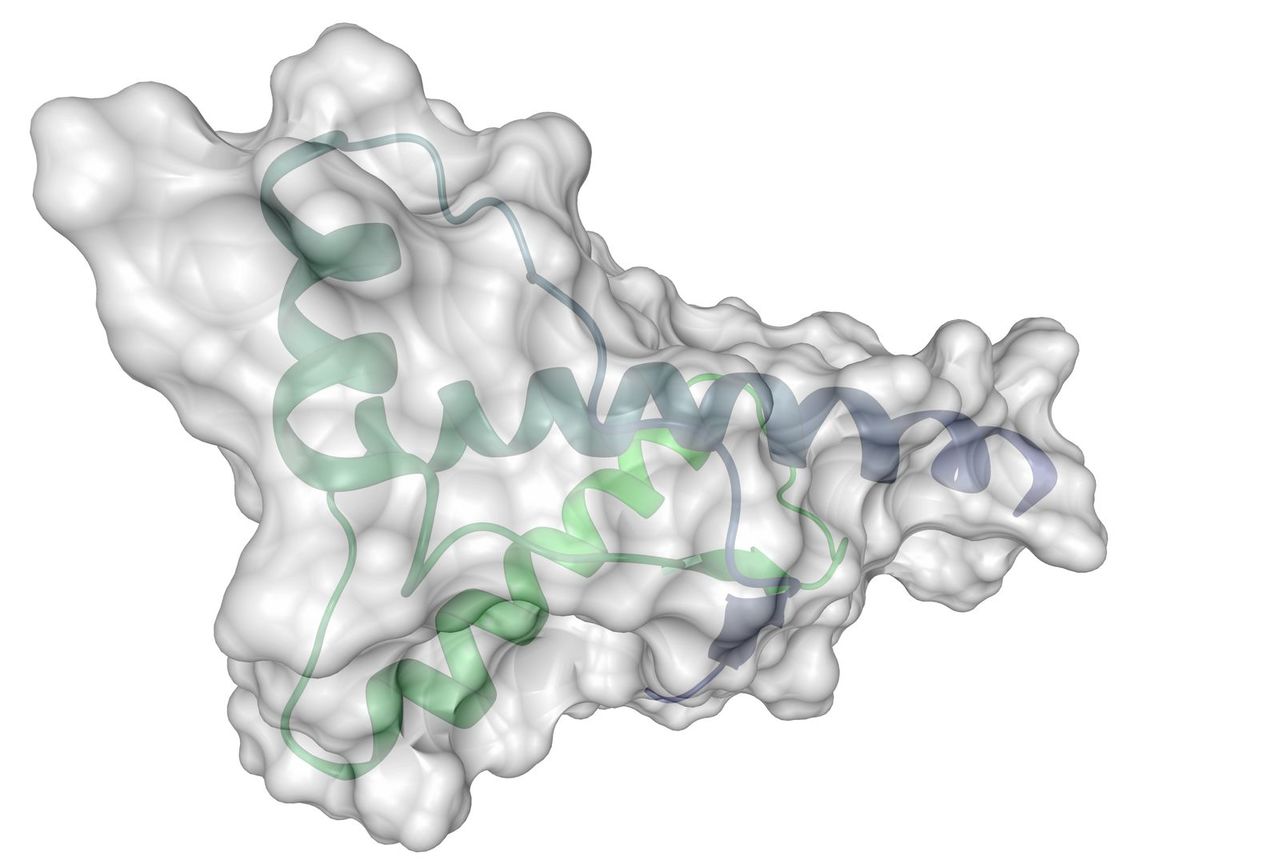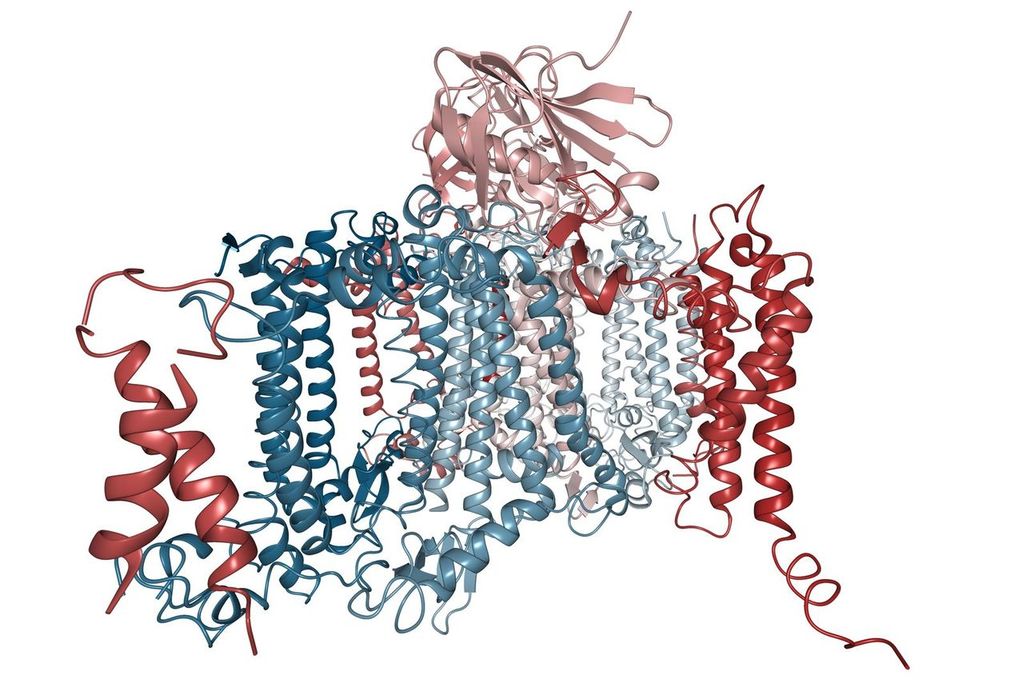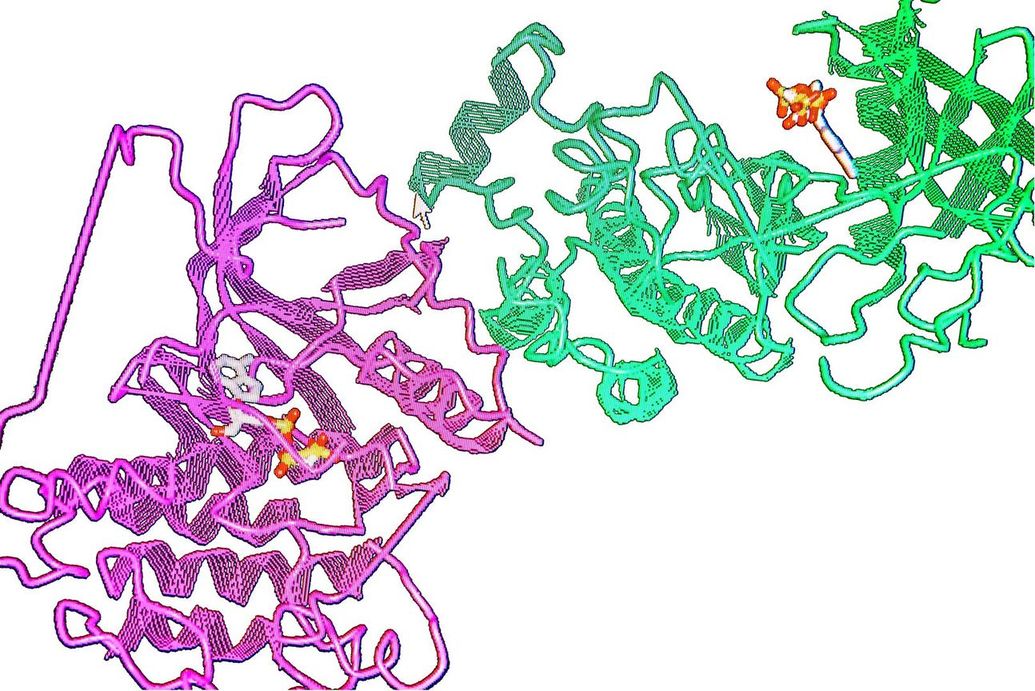Computational Model-assisted Biopharmaceutical Quality Assurance Prediction Service
Leveraging Computational Models of Glycosylation for Biopharma QA
Many biopharmaceutical developments contain oligosaccharides that affect their function, properties, and yield. CD BioGlyco utilizes specialized computer-assisted modeling services to help with quality assurance at different stages of biopharmaceutical development and manufacturing. The variability in glycosylation of biopharmaceuticals is mainly determined by the process conditions and development process. Our professional services team provides model building, model optimization, and predictive validation services. Moreover, we provide other
Computational Glycoengineering-assisted Specific Modeling services such as
In-silico Glycoengineering Prediction and
TGP Glycosylation Prediction.
Glycosylation modeling
Glycosylation is a key quality attribute of biopharmaceuticals due to its close relevance to bioprocessing and its impact on pharmacokinetic safety, and pharmacodynamics. In biopharmaceutical development, glycosylation is influenced by nutrient availability, temperature, dissolved oxygen, ammonia, and pH. Glycosylation variability also exists between batches of the same drug. Relying on client-supplied data and advanced algorithms, our lab provides satisfactory predictive modeling services such as kinetic models, flux-based glycosylation models, or statistical models.
We provide not only online process inspection services but also services for predicting the impact of macro- and micro-phenomena on the yield and quality of biopharmaceuticals.
Cell line
Chinese hamster ovary (CHO) and murine myeloma (NS0 and Sp2/0) cell lines are commonly used in biopharmaceutical manufacturing. Our lab provides reliable In-silico cell line glycoengineering services to clients.
QA prediction
Our lab uses predictive modeling combined with multivariate data analysis (MVDA) to determine the correlation between critical process parameters (CPPs) and critical quality attributes (CQAs).
Another important service related to this modeling is the analysis of chemometric relationships between nutrients, metabolites, cells, and products. Moreover, we offer kinetic analysis services for biopharmaceutical processes.
Our lab provides accurate output glycoprofile prediction services based on the known chemical, physical, and biological phenomena governing the bioprocess.

Publication
Technology: Matrix-assisted laser desorption/ionization-time of flight mass spectrometry (MALDI-TOF-MS), Kinetic model, Non-linear fitting algorithm
Journal: PLoS One
Published: 2017
IF: 3.752
Results: In this study, researchers used an updated and optimized kinetic model to analyze N-glycosylation in several CHO cell lines. The model predicts the glycosylation process, enzyme activity profiles, and complete glycosylation profiles of each cell line in detail. The researchers adjusted the model parameters such as enzyme concentration with the help of a nonlinear fitting algorithm and MALDI-TOF-MS data. This model was developed to effectively reduce the known loss of glycosylation function in mutant cell lines.
 Fig.1 Beta distributions are employed to model the spatial dispersion of enzymes. (Krambeck, et al., 2017)
Fig.1 Beta distributions are employed to model the spatial dispersion of enzymes. (Krambeck, et al., 2017)
Applications of Computational Model-assisted Biopharmaceutical QA Prediction
- Computational model-assisted biopharmaceutical QA prediction can be used for bioprocess characterization and data analysis.
- Computational model-assisted biopharmaceutical QA prediction can be used for cell line glycoengineering or development.
- Computational model-assisted biopharmaceutical QA prediction can be used for manufacturing bioprocess optimization and control.
Advantages of Us
- Our high-quality team of experts with diverse backgrounds in computational biology, bioinformatics, and biopharmaceutics provides comprehensive biopharmaceutical QA solutions for our clients.
- Relying on a team of professional computers and glycobiological information, the prediction services we provide are at the forefront of accuracy and reliability.
- Our researchers provide customized biopharmaceutical QA modeling services based on the client's project characteristics.
Frequently Asked Questions
- What is the classification of biopharmaceutical QA mathematical models and their advantages respectively?
Biopharmaceutical QA mathematical models can be categorized into the following three groups:
- Kinetic model: It covers all QA application areas.
- Flux model: It is well suited to define cellular glycosylation strategies.
- Statistical model: It is suitable for quantifying the correlation between bioprocess conditions and glycosylation.
- For the mammalian production hosts to be modeled, what are the categories of mechanisms included in their kinetic model?
- Unstructured-unsegregated
- Unstructured-segregated
- Structured-unsegregated
- Structured-segregated
CD BioGlyco provides diverse modeling services for biopharmaceutical QA prediction. Our professional researchers use computer systems to design, control, and optimize bioprocesses. Please feel free to contact us.
Reference
- Krambeck, F.J.; et al. Model-based analysis of N-glycosylation in Chinese hamster ovary cells. PLoS One. 2017, 12(5): e0175376.
For research use only. Not intended for any diagnostic use.
Quick Links
Related Services



 Fig.1 Beta distributions are employed to model the spatial dispersion of enzymes. (Krambeck, et al., 2017)
Fig.1 Beta distributions are employed to model the spatial dispersion of enzymes. (Krambeck, et al., 2017)


